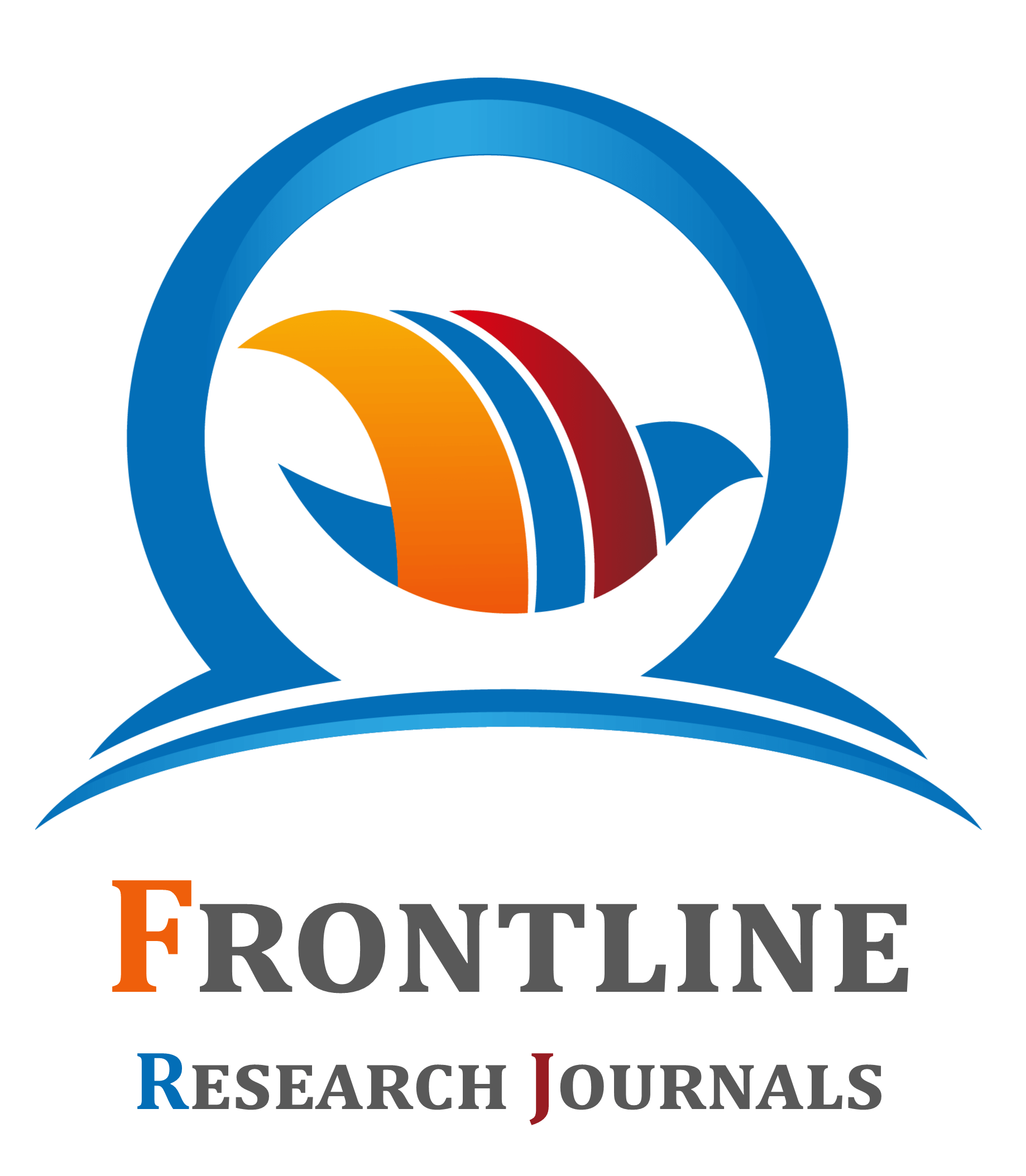Toxicity profile of metals in water, sediments and Liza grandisquamis from Iko River, South-South of Nigeria
1 Department of Animal and Environmental Biology, University of Uyo, P.M.B. 1017, Uyo, Akwa Ibom State, Nigeria.
2 Department of Chemistry, University of Uyo, P.M.B. 1017, Uyo, Akwa Ibom State, Nigeria.
3 Department of Microbiology, Federal University of Technology Ikot Abasi, Nigeria.
Research Article
International Journal of Frontline Research in Pharma and Biosciences, 2023, 02(02), 001–016.
Article DOI: 10.56355/ijfrpbs.2023.2.2.0020
Publication history:
Received on 21 October 2023; revised on 08 December 2023; accepted on 10 December 2023
Abstract:
Water pollution and the risks associated with the prolonged exposure to contaminated water source by human is becoming a serious problem globally. The concentrations, cancer and non-cancer risks of Cd, Cr, Ni, and Pb via exposure to water, fish, and sediments from Iko River were examined. Results obtained showed that, the mean concentrations of these metals in fish and sediments were within their recommended limits however; the levels in water were higher than their limits. Principal component analysis (PCA) indentified anthropogenic factor as the major source of all the toxic metals in the environmental media assessed. The estimated daily intake (EDI) rate of the metals revealed that, Cd in water and sediments for both the adult and children populations were higher than their recommended daily oral reference doses (Rfds). The EDI for Cr in all the samples and ages were within the Rfd. While the EDI of Ni in water and fish for both populations were within the Rfd limit, but it was higher in sediments for both populations. The EDI of Pb for all the samples and ages were higher than the Rfd. The hazard indices of these metals were higher than one in water and sediments but less than one in fish for both populations. However, the children class was more susceptible to the non-carcinogenic risks. The results obtained also showed that, Cd and Pb were the major contributors to the reported non-carcinogenic risks. The total cancer risks (TCR) of the metals in all the samples and ages were higher than the recommended limit and the risks were higher in the children than the adult’s class.
Keywords:
Iko River; Water pollution; Toxic metals; Cancer and non-cancer risks; Fish; Nigeria
Full text article in PDF:
Copyright information:
Copyright © 2023 Author(s) retain the copyright of this article. This article is published under the terms of the Creative Commons Attribution Liscense 4.0
